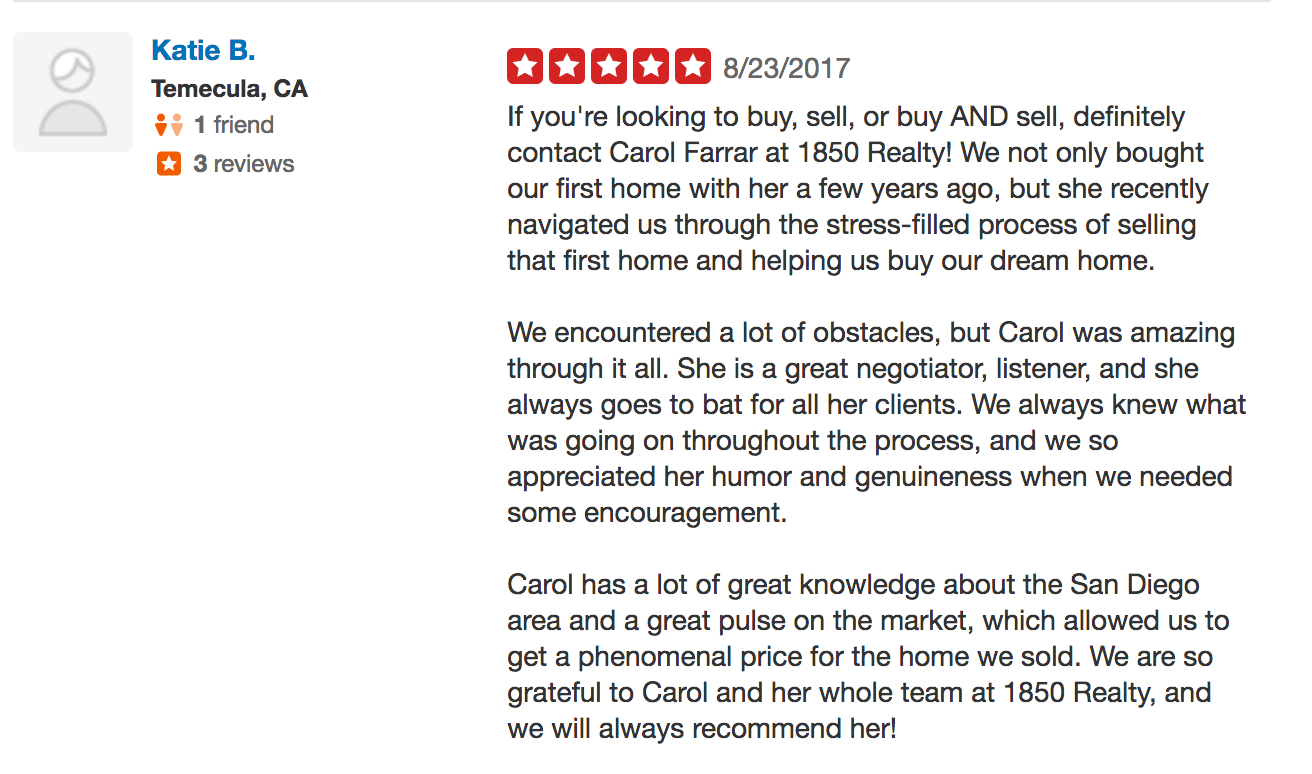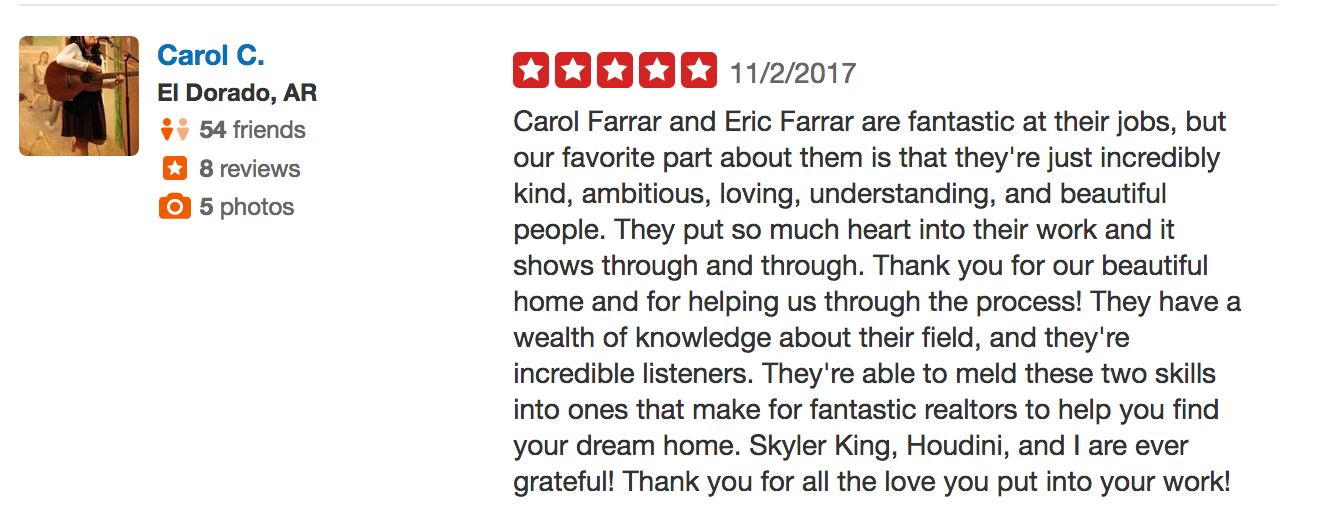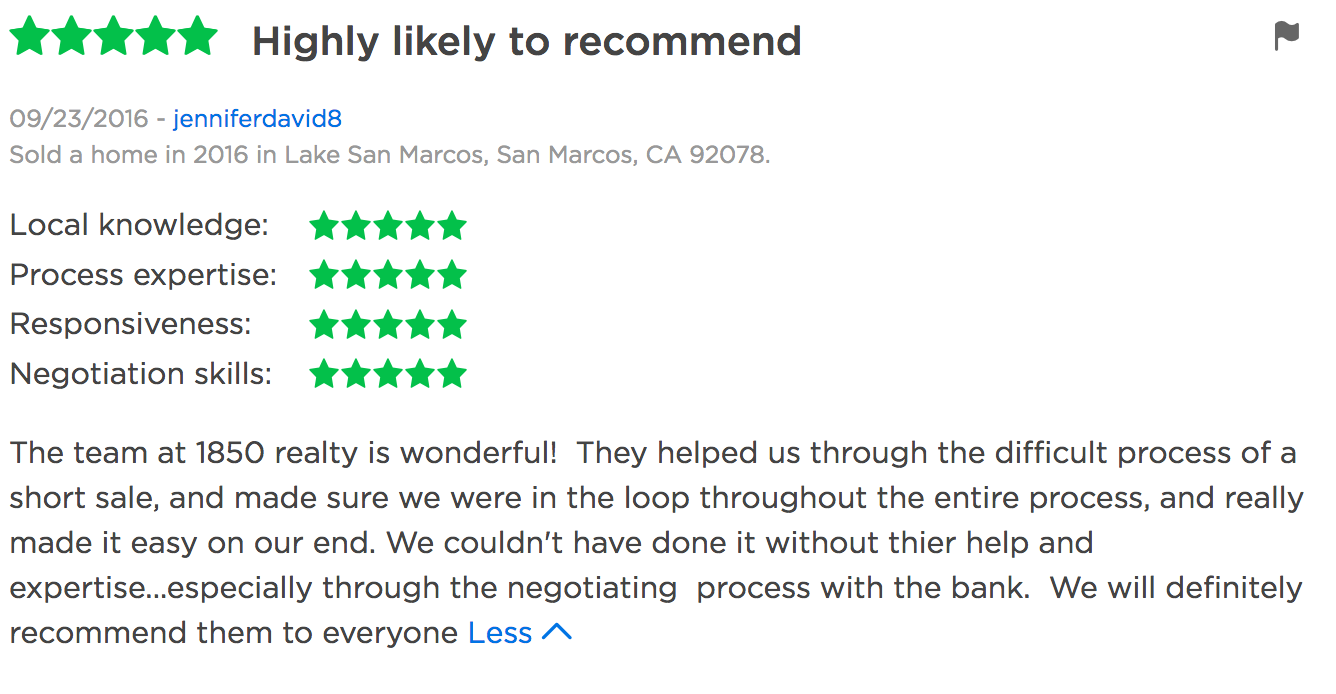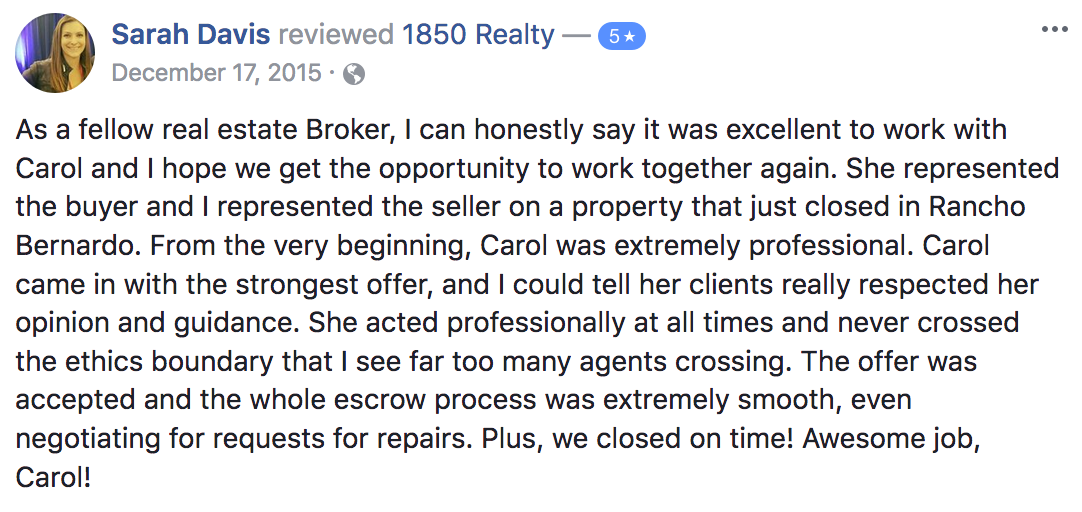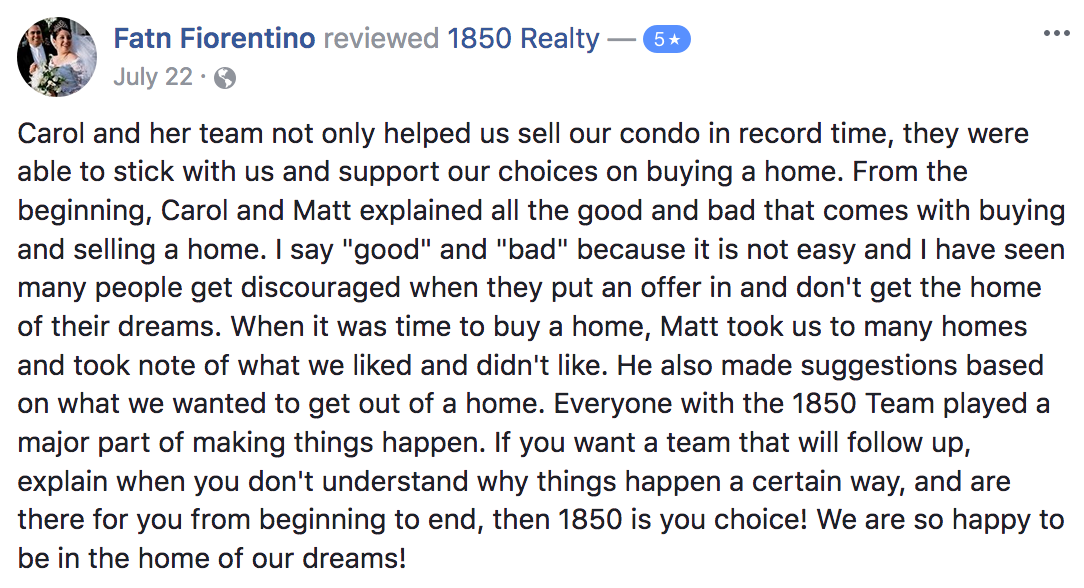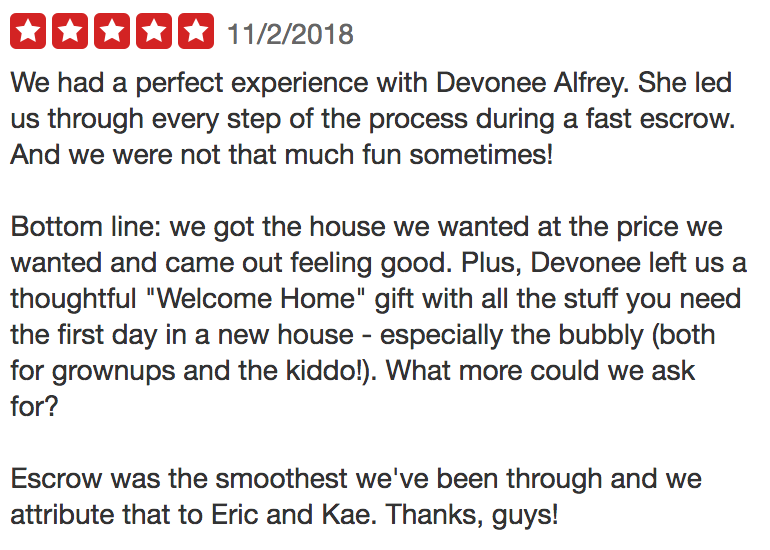You have made the decision to purchase a property, something you may or may not have done in the past. To make it as seamless as possible, we at 1850 Realty have put together a short list of the process for you. As a primer or refresher. For more detailed examples, click through the titles to their respective pages.
1. Financing. This is the first step in the overall process these days, and can be an uncomfortable one. Finding out what you can qualify to spend on a home is critical. Having a down payment and good income isn’t “just” enough in the Dodd-Frank era of lending. Your credit score might need improving, which can be done but might take a few weeks to reflect on your rating. Tax returns need to be complete and dispute free. Sources of income that are usable have been changing, so one stream might not be usable 100% in some cases. The days of getting qualified during the shopping process are long gone.
2. Retaining the service of a real estate agent. This is an important step; a full time, experienced agent has their finger on the pulse of the market daily. Knowing the process intimately, they can guide you in an advantageous way. Sometimes things you wouldn’t think to use as a negotiating strategy work wonders. This is a vast topic, we will just touch on it here.
3. Home search. With your loan qualification in hand, you can determine your wants and needs in a home within your budget. The search begins in the city/neighborhood of your liking, and a list of homes you want to see is put together.
4. Home showing. Actually going to the homes from your search is very important. The home with that killer view might not have the floor plan you rate as more important. Many homes that might fit the bill on paper aren’t what you are ultimately looking for. The right one feels right.
5. The offer. Showtime! Now is the time to put your pen to paper so to speak (we don’t use paper 😉 ,) and put an offer to purchase together. Price, terms, close of escrow, credits: these are where we ask for them. A counter offer is to be expected, and mutually agreed terms finalized. Start of escrow begins the minute the contract is executed.
6. Earnest money deposit. You have three days to furnish escrow with your deposit. It is a sign of good faith with the seller that you are serious about the purchase.
7. Contingency period. The standard contingency period asked for is 17 days. What this means is you are not locked into purchasing the property just yet, but are in an investigation period. Home/roof and termite inspections, loan, appraisal, HOA documents if applicable, and any other inspections a buyer would like to perform. After review, request for repair may be asked for. Virtually every loan will require Section 1 (active infestation) termite clearance to close, and is usually the seller’s responsibility. If anything doesn’t line up, you can use your life raft and cancel the contract, and get your deposit back. Otherwise, when you are satisfied with the condition and your loan is giving clearance to fund, all contingencies are removed to finalize the process.
8. Contingencies removed. Home stretch! Any repairs requested are checked on, and a final verification of home condition is signed off. Seller begins moving out. Loan documents are signed. Steps necessary to close escrow are lined up. Final steps are loan funding, fund dispersal, and recording of the new deed. Title doesn’t transfer until the county has recorded, which might not happen until 5-6pm on some occasions.
9. Closed. Time to get your keys. Sign and lockbox come off in the next few days. Time to move in 🙂
We hope you can glean some information about the process here, with our short list. Transactions can vary individually, and we are here to help you with your real estate needs. To discuss in more detail, don’t hesitate to contact us:
Call (760) 814-1850 or email info@1850realty.com


